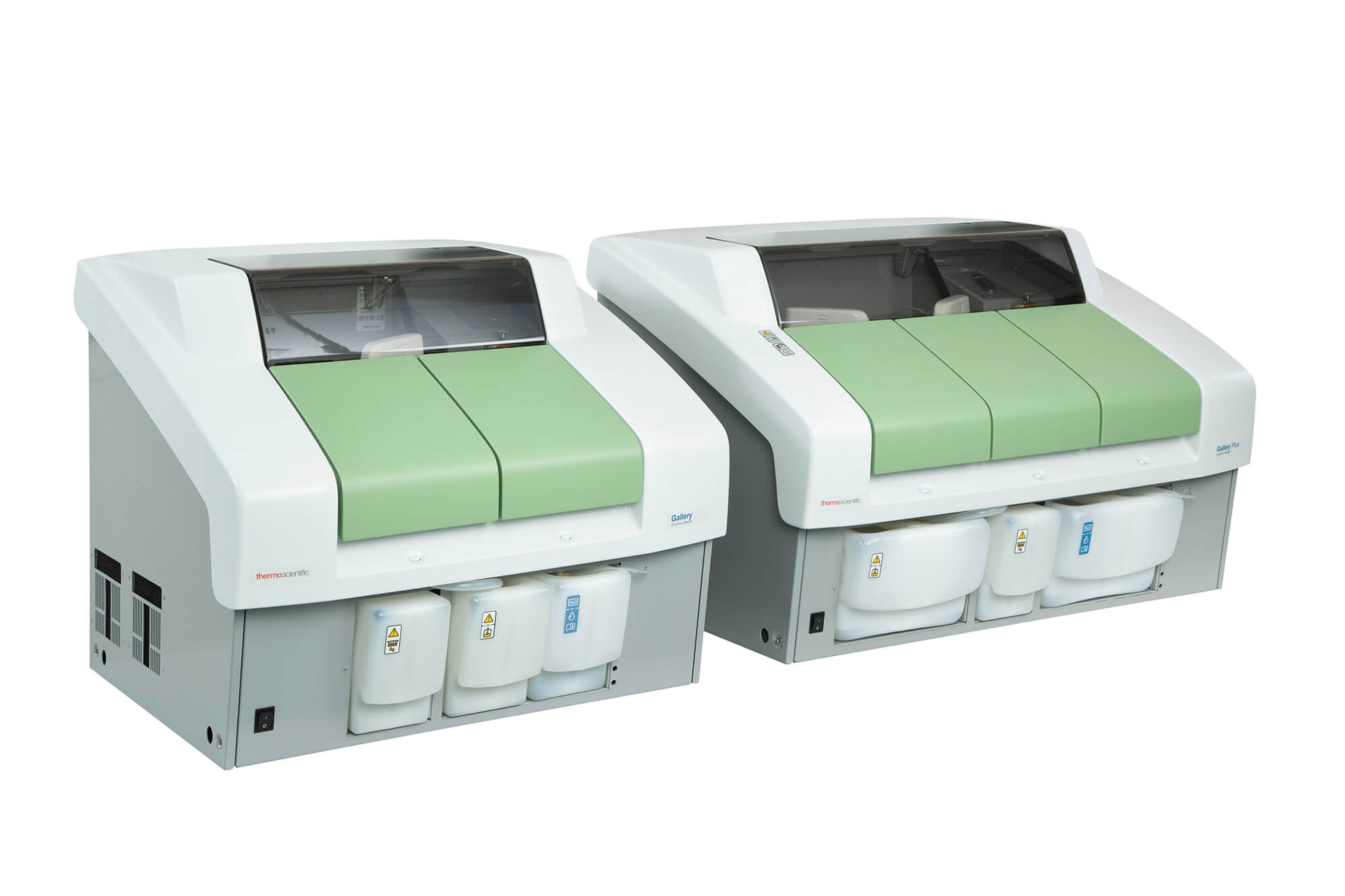
Enzymes are a special kind of protein found in cells of living organisms. They’re made up of long chains of amino acids held together by peptide bonds. No two types of enzymes have the same amino acid structure, and each enzyme has its own unique shape. Automation of enzyme assays is becoming increasingly important and instrumentation is being developed to satisfy this need.
Enzyme assays are laboratory methods for measuring enzymatic activity. They are vital for the study of enzyme kinetics and enzyme inhibition. Usually the assay is carried out by determining the enzyme activity with, and without activation by an added coenzyme. The activity can be monitored by measuring changes in concentration of substrates or products during the reaction.
Enzyme activity is the rate of enzyme reaction—generally expressed as units of substrate converted (or product formed) per time unit. Enzyme kinetics is the study of the chemical reactions that are catalyzed by enzymes





